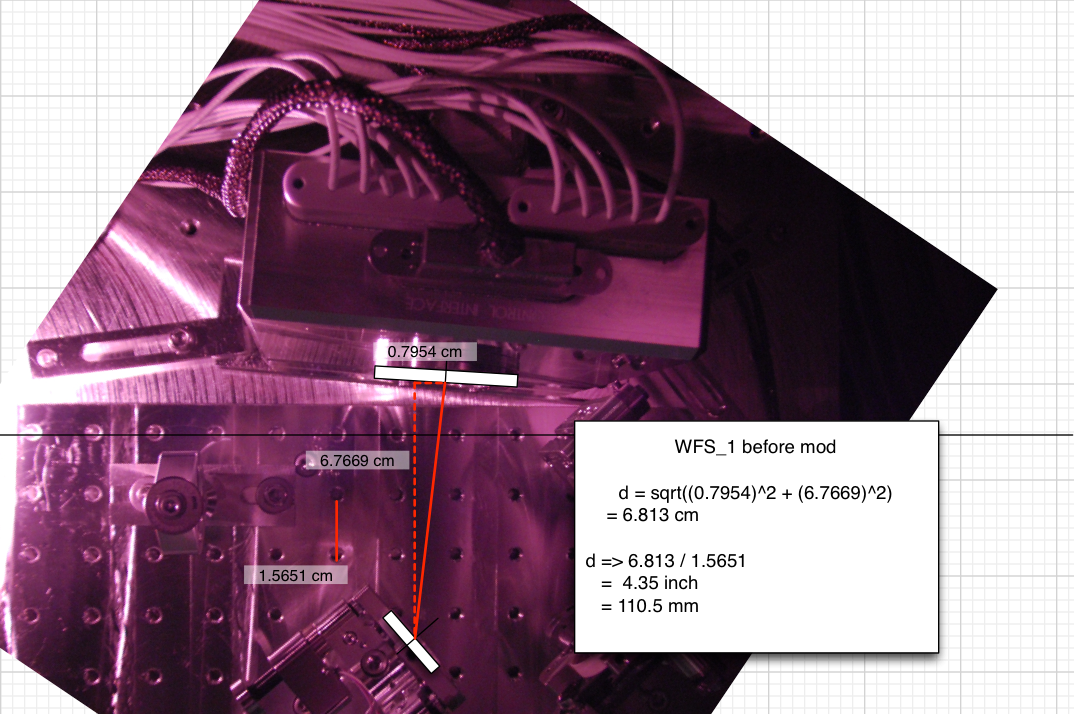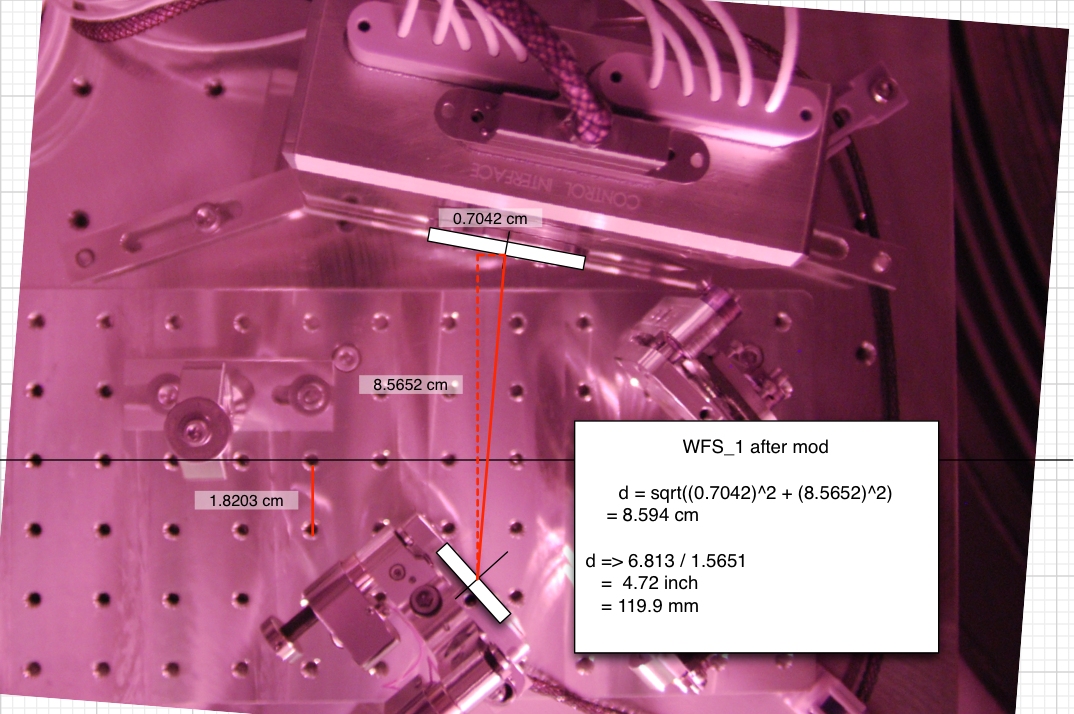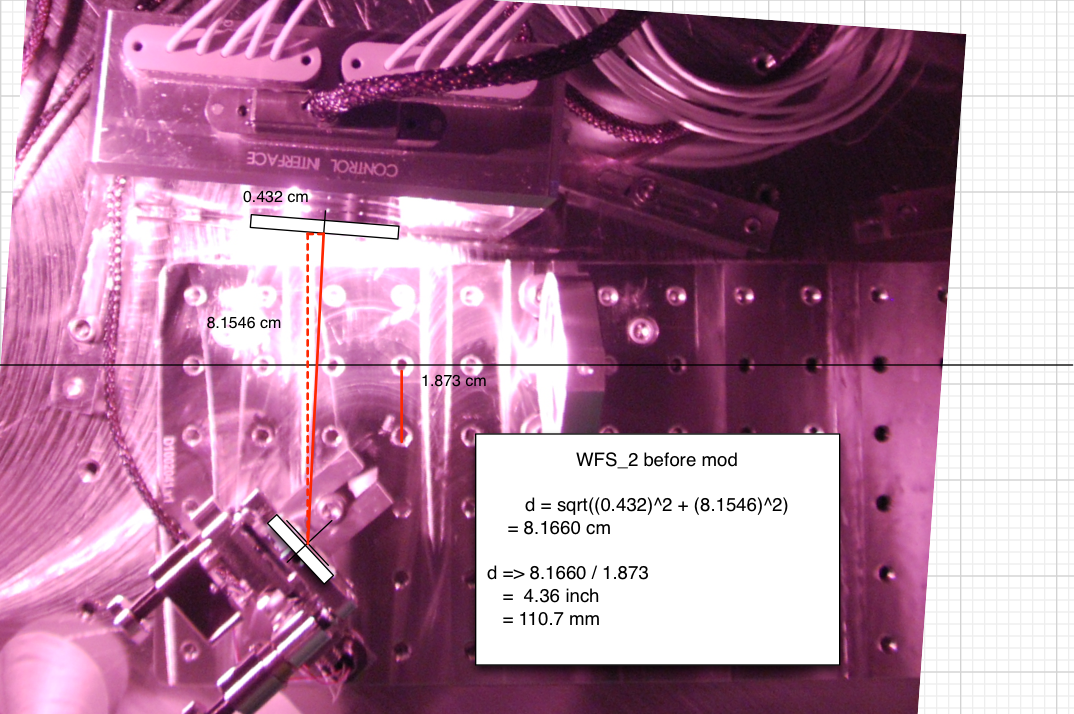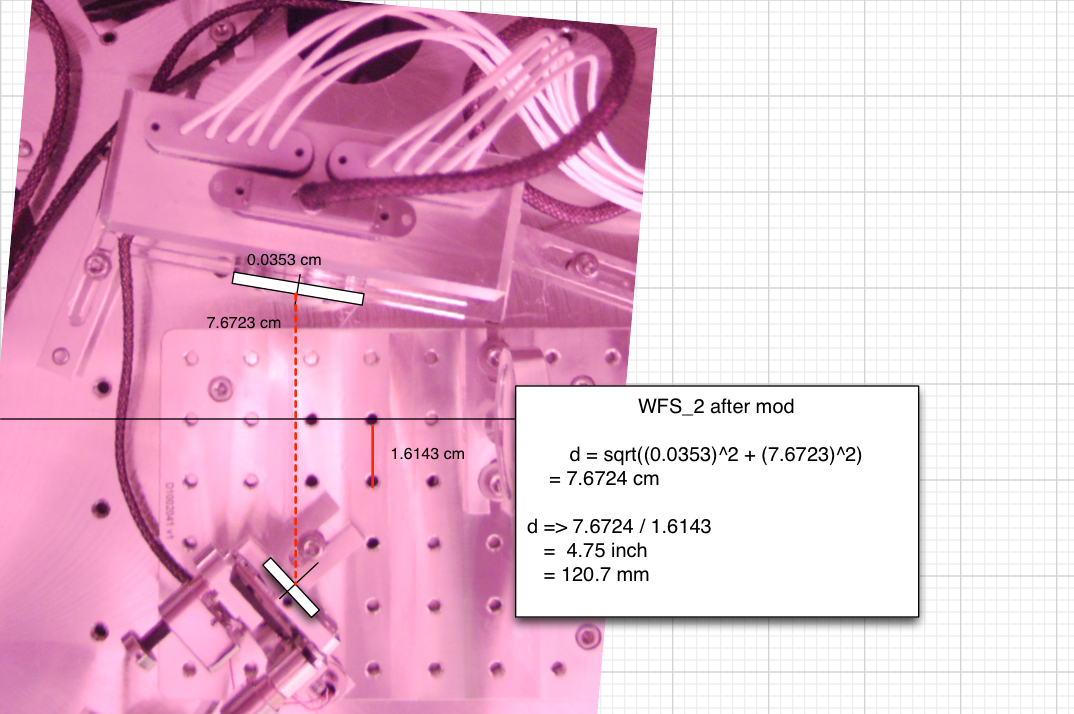Here is an site email announcment made with regards to ER5:
Would like to announce an addition/change to our duties for DAY shifts. This is mainly due to the upcoming Engineering Run #5 (ER5 from Jan13-Feb28) which focuses on HIFO-X at H1 & L1. There have been a few Engineering Runs in the aLIGO era, but they have required minimal Operator input. For Science Runs (& starting with ER5) primary activity occurs at the Sites for obvious reasons, but data analysis occurs at other institutions around the world after-the-fact. For many of these people, they have no idea what goes on at the site on a day-to-day basis, and many are not familiar with our LIGO lingo & naming conventions. This is where we will help out.
For ER5, we (the Operators) want to offer guidance/help for off-site and after-the-fact analysis, and we'll do this with giving a play by play run down of activities with the aLOG during our DAY shifts.
Operator Reporting Of Site Activities Via The aLOG
During our daily shifts we note tons of activities as they occur (via text file on your computer, running draft in aLOG, or pen & paper) & we generally post these activities in a summary at the end of the shift. For ER5, let's report any major activity as an entry by itself when it starts.
What constitutes a "major activity"? I'd say any activity which is out of the ordinary and/or will possibly have drastic effects on channels Analysts may look at later. Examples:
-
Moving of the cranes
-
Rebooting of a system(s)
-
Commissioning work (i.e. changes to alignment, oplev work, etc.)
Let's make an entry when it STARTS (so we timestamp the activity). In the "Title" field, state the work. In the body of the entry make any notes (we don't need much/anything here; especially if the work is self-explanatory in the Title. We can leave specifics to those performing the work to aLOG themselves).
When you are notified the activity is COMPLETE, make a sub-entry stating so.
This notice is just for our DAY shifts during ER5. I believe Commissioners will be asked to do the same for their evening work, and we'd also like the last person on site to submit an "End Of Day's Activity" entry (so Data Analysts will know when a stretch of unperturbed time begins).
This is a step in getting closer to our ultimate goals as Operators, and that is running shifts during a Science Run.
OK, that is all. If you have any questions please talk to Fred (Co-Chair of the Joint Run Planning Committee[JRPComm]) or myself. Oh, and if you ever want to know information about Engineering Runs, see the
JRPComm wiki. In addition to the ops email list, I'm also cc-ing relevant commissioners & others at LHO (please forward to anyone I'm missing).
Thanks!
Corey



























